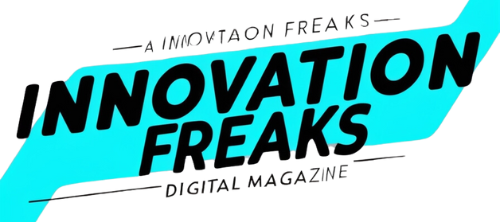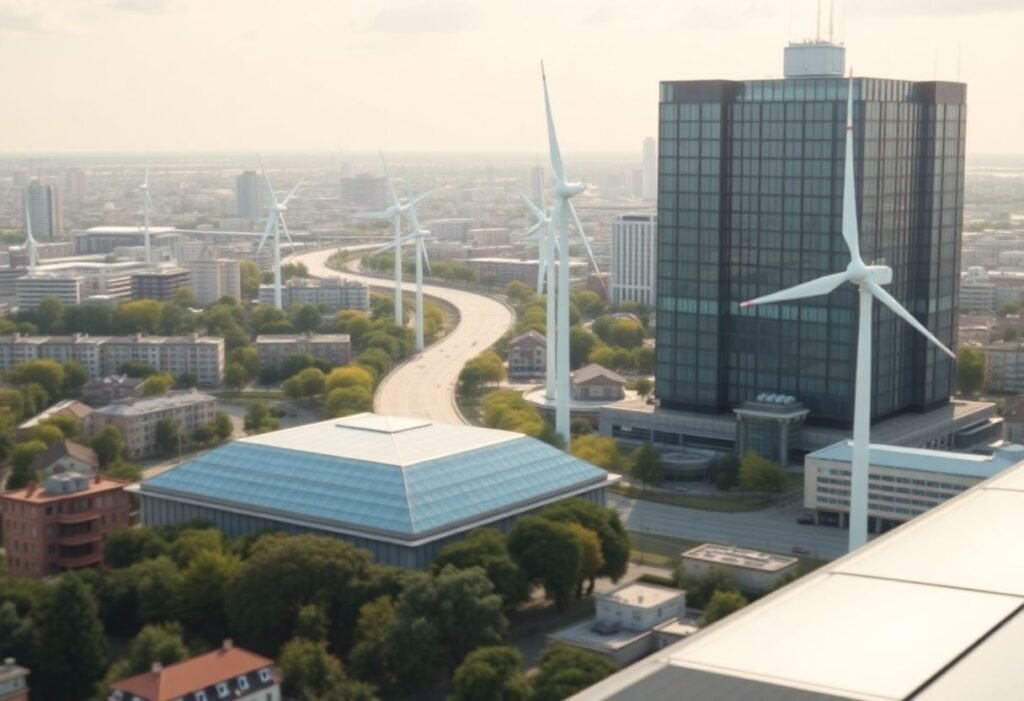The integration of wind turbines into urban environments has emerged as a transformative solution in the quest for sustainable energy. As cities continue to grow, the demand for innovative energy solutions has never been higher. Wind turbines provide a renewable energy source that not only reduces carbon emissions but also enhances energy efficiency. This article will explore the critical role wind turbines play in urban energy solutions and the innovative technology driving this trend.
Innovative Wind Technology for Urban Areas
Wind technology has evolved significantly over the past few decades. Urban wind turbines are specifically designed to operate efficiently in environments with limited space and varying wind conditions. Unlike traditional turbines, these smaller units can be installed on rooftops or integrated into building designs. This innovation minimizes land use while maximizing energy output. The ability to generate clean energy right where it is consumed helps in reducing energy costs and dependency on fossil fuels.
The Benefits of Urban Wind Energy
One of the most significant advantages of integrating wind energy into urban settings is the reduction in greenhouse gas emissions. According to recent studies, cities that employ wind turbines can see a reduction in their carbon footprints by over 30%. Additionally, urban wind energy contributes to energy security by diversifying the energy mix. When combined with solar energy, urban wind systems can provide a reliable renewable energy solution, smoothing out supply fluctuations.
Challenges in Urban Wind Energy Implementation
While the benefits are clear, there are challenges in implementing wind energy solutions in cities. Noise pollution and aesthetic concerns can be significant barriers to the acceptance of wind turbines among communities. Moreover, urban wind patterns are often inconsistent, making it essential to conduct comprehensive site assessments before installation. Innovations in turbine design aim to address these challenges by developing quieter and more visually appealing models, thus increasing community acceptance and support.
Case Studies of Successful Urban Wind Projects
Several cities worldwide have successfully integrated wind turbines into their landscapes. For instance, cities like San Diego, California and Rotterdam in the Netherlands have implemented small-scale wind projects that not only generate energy but also serve as public education tools. These projects highlight the potential of wind technology as a viable option for urban energy solutions. By showcasing success stories, other cities can be encouraged to adopt similar innovations in their own infrastructure.
The Future of Wind Turbines in Cities
The future of wind turbines within urban environments looks promising, with ongoing research and innovative designs on the horizon. Emerging technologies such as vertical-axis turbines are paving the way for more versatile installations. The trend towards sustainable cities will likely accelerate the demand for renewable energy solutions. As urban planners and developers prioritize green technologies, wind turbines will play a pivotal role in shaping the energy landscape of future cities.
Conclusion and Call to Action
In conclusion, the role of wind turbines in urban energy solutions is a testament to innovation in renewable energy. As urbanization continues, the integration of these technologies is critical for achieving sustainability objectives. Embracing wind energy not only provides environmental benefits but also strengthens community resilience. Urging local governments and residents to support wind energy initiatives can lead to a greener, more sustainable future for our cities.
Disclaimer: This article is for informational purposes only and does not constitute professional advice.





















